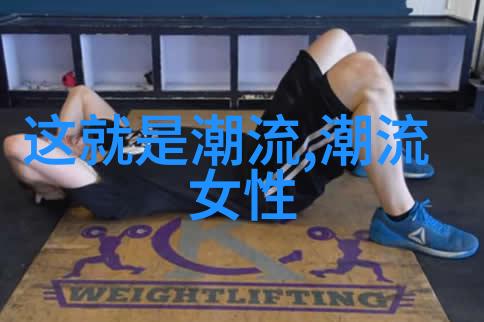揭秘“Hangu”文化:从古代文字到现代艺术的演变

在中国悠久的历史长河中,“hangu”这个词汇并不陌生。它源自汉语中的“汉字”,是我们日常生活中不可或缺的一部分。但你是否知道,“hangu”的背后隐藏着深厚的文化底蕴?让我们一起探索一下,从古代文字到现代艺术,这个概念如何被不断地演变和创新的。
古代文字之“Hangu”

最早,"hangu"指的是中国使用的一种书写系统——汉字。这套书写系统由多个符号组成,每一个符号代表一个意义或声音。随着时间的推移,"hangu"不仅仅成为一种书写工具,更是中国文化传承的重要载体。它们记录了历届皇帝、将领、学者们的事迹,也成为了诗歌、小说等文学作品的基础。
例如,在《史记》这部伟大的历史著作中,我们可以看到作者司马迁通过精心编排这些"han gu"s来讲述千年前的故事,让远古英雄与我们之间建立起桥梁。

中世纪至近现代发展
到了唐宋时期,随着社会经济的发展和教育水平提高,"hangu"开始更广泛地应用于商业活动和知识分子的交流。在此期间出现了一些特殊用途上的"Han Gu",比如用于印刷术开发,如活字印刷术,它极大地促进了信息传播速度,使得文人墨客能够更快地获取知识资源。

清末民初,是"Han Gu"进入全新阶段。一方面,伴随着西方输入思想,对于"Han Gu""s本身也有所创新,如简化字运动,为普通百姓提供了更加易读易写的文字;另一方面,则有更多对外交往,以笔墨为媒介,与世界各国进行文化交流。这一时期也见证了许多著名学者如康有为、孙中山等人的工作,他们利用"Han Gu""s力量去推动国家改革甚至革命。
现代艺术中的“Hangu”

今天,在全球化的大背景下,"HanGu's role in modern society has expanded far beyond its traditional function. It is not just a tool for communication, but also an integral part of contemporary art.
Artists have been inspired by the unique structure and beauty of "HanGu". They use them as a medium to express their ideas and emotions, creating stunning works that blend tradition with innovation. For example, calligraphy artist Wang Dongling combines ancient techniques with modern materials like inkjet printers, pushing the boundaries of what is possible with "HanGu".
In addition to visual arts, music and literature are also influenced by "HanGu". Composers create melodies based on the rhythms of Chinese characters; writers weave stories around these symbols.
The evolution of "HAnGUi from ancient writing system to modern artistic expression reflects the dynamic nature of human culture. As we continue to explore new ways to use this timeless symbol, we can expect even more exciting developments in the future.



